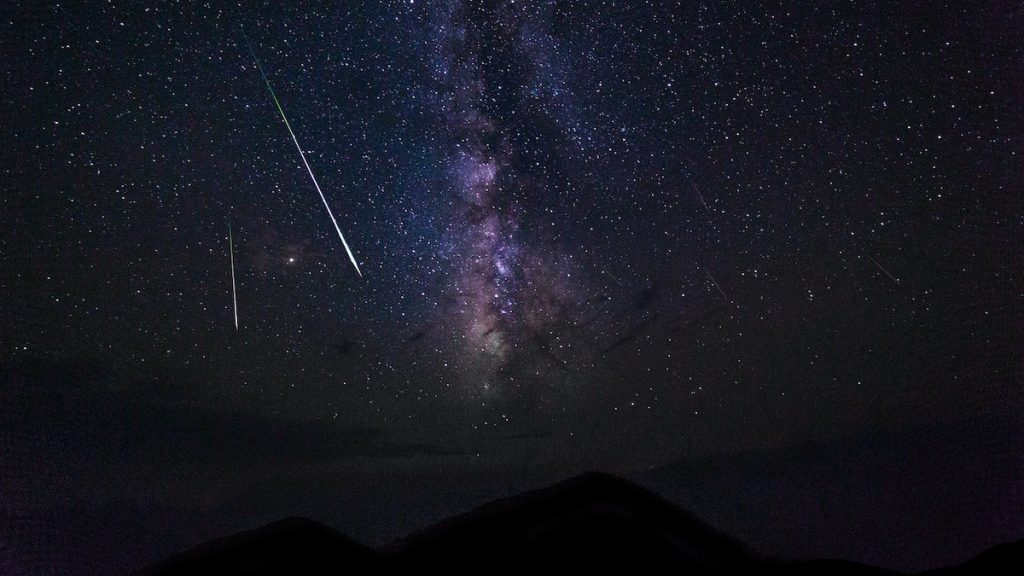Where and How to Watch the Perseid Meteor Shower in San Diego

One of the best meteor shows of the year is set to peak this weekend. Here’s how to watch the Perseid meteor shower in San Diego
For those unfamiliar with the celestial event, the Perseid meteor shower is an annual phenomenon that occurs when Earth passes through the debris of a massive comet, according to NASA.
“People in the U.S. can reasonably expect to see around 40 Perseids in the hour just before dawn on the peak nights. That’s about one every couple of minutes, which is not bad,” wrote NASA expert Beth Ridgeway in a blog post.

This year’s cosmic event should provide even better viewing than last year because there will be a dimmer waning crescent moon instead of the bright full moon of the 2022 meteor shower.
Here’s when and how to see the meteor shower in San Diego this year.
Where to Watch the Meteor Shower in San Diego
The best place to watch the meteor shower in San Diego will be areas with the least amount of light pollution possible.
Additionally, a marine layer may limit visibility in coastal regions. That means those living in Encinitas, Del Mar, Pacific Beach, or downtown La Jolla will likely need to drive east.
Some of the best viewing will include areas in the county’s mountains, foothills, and deserts. In other words, the same sort of spots you’ll find on lists of the best hikes in San Diego.
For example:
- Iron Mountain
- Mount Woodson (or Potato Chip)
- Mount Laguna
- Cowles Mountain
- Palomar Mountain
Of course, if you have some time to get away, you can go to San Diego’s official Dark Sky communities, such as Julian, California and Anza-Borrego State Park.
When to Watch the Meteor Shower in San Diego
Some of the best viewing of the meteor shower in San Diego County will be on Friday, Saturday, and Sunday nights.
NASA says that you may be able to start seeing meteors after 10 p.m. on each of those nights.
However, if you want the absolute best viewing possible, aim to head outside to a dark place from midnight to sunrise on each of those days.







